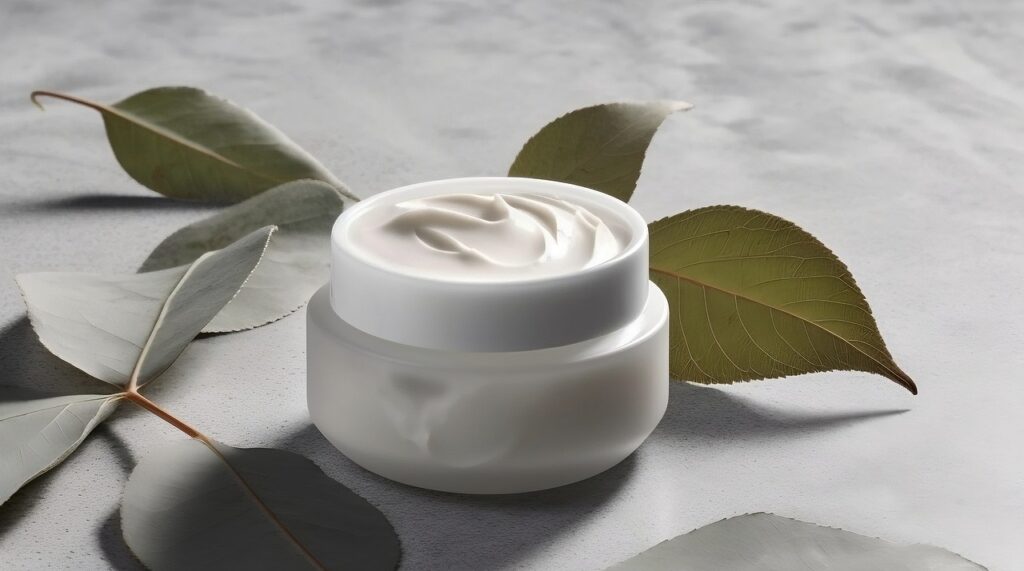Like a lot of things in life, ACNE is no different. It’s all about balance.
Acne can be a real nuisance, popping up unannounced. It’s like acne has a sixth sense for social gatherings! The primary culprits behind acne are excess oil production, clogged pores, bacteria, and inflammation. When it comes to acne, it’s often unnecessarily complicated. Our pharmacist has had extensive consults with patients who suffer from acne and particularly adult acne. Tried and tested, she calls it the The Hare and Tortoise technique.
**”The Hare”: Medical Peels**
Medical peels, also known as chemical peels, are like your skin’s secret agents. These treatments use various chemical solutions to exfoliate the top layer of your skin, revealing a fresh, new you beneath. They come in different strengths, from superficial to deep peels, depending on your skin concerns. They are medical because they often contain prescription strength active ingredients and lower (more efficacious) pH.
We recommend applying Medical Peels every 4-6 weeks. Peeling should start 2-3 days after your peel. Our pharmacist recommends to use gentle skincare (wash, moisturiser and SPF only) for 5-7 days before and after a medical peel.
Prescription Strength Medical Peels include:
- Salicylic 9% to 25% peels
- Mandelic 20% peels
- Deep TCA (Trichloroacetic Acid) Peels 8-30%
- Retinol and Tretinoin 1%-5% Peels
Here’s how they work:
1. **Exfoliation, Exfoliation, Exfoliation** It’s all about turning over the skin constantly, revealing brighter, younger, newer skin. Did you know, in our twenties, skin turnover is 4-6 weeks however as we age, our skin turnover can slow down to every 8-10 weeks. Medical peels work because they chemically remove dead skin cells, which can clog pores and contribute to acne. This process helps unclog your skin, reducing the chances of acne breakouts.
2. **Oil Control:** Some peels, like salicylic acid peels, can help regulate oil production, which is crucial in managing acne-prone skin.
3. **Reducing Inflammation:** By targeting inflammation and redness, medical peels can soothe active acne breakouts and make them less noticeable.
4. **Enhanced Product Absorption:** Medical peels prepare your skin to better absorb other skincare products, including night creams, making your entire routine more effective.
**”The Tortoise”: Night Creams**
Night creams; the steady loyal assistant to keeping your acne at bay. These are like your skin’s best friends, working behind the scenes. Night creams are specifically formulated in a compounding pharmacy to provide your skin with the nourishment it needs overnight. Here’s how they can help manage acne:
Prescription Strength Night Creams include:
- Prescription strength Retinols such as Tretinoin 0.025%, Tretinoin 0.5%, Tretinoin 0.1% creams (previously known as Stieva-A)
- Tazarotene 0.05% and 0.1% (Tazarotene 0.5mg/mL and 1mg/mL)
- Modified Kligmans cream (which attacks both acne and PIH Post Inflammatory Hyperpigmentation)
- Dapsone! (More about this wonder drug below)
1. **Moisture and Hydration:** Acne-prone skin still needs hydration. A good night cream keeps your skin moisturized, preventing it from overcompensating by producing excess oil.
2. **Regeneration:** While you sleep, your skin is in repair mode. Night creams assist in this process by providing essential nutrients that support skin regeneration.
3. **Targeted Ingredients:** Look for night creams with acne-fighting ingredients like salicylic acid, retinol, or benzoyl peroxide. These help clear pores and reduce acne breakouts.
4. **Evening Out Skin Tone:** Many night creams contain ingredients that can fade post-acne marks and blemishes, leaving you with a more even complexion.
**Our favourite Night Cream: Dapsone**
Interestingly, this compound started against leprosy but quickly we came to realise it had a broader mission – to fight the forces of acne! So, what makes Dapsone so unique in the world of skincare?
Here are a few fun facts about Dapsone.
- It’s quite literally an “Invisible Shield” Not only is it a gel with a beautiful consistency, Dapsone acts as a physical and chemical shield to fight acne by reducing inflammation and killing off acne-causing bacteria. Balance! Dapsone helps maintain the delicate equilibrium of your skin, ensuring that it stays hydrated and radiant.
- Anti-inflammatory properties
- Antibiotic properties
- Little to no side effects! (In fact it has been found to be gentle AND efficacious making it one of the sought after compounds in treating adult acne.) For this reason, it can be used with other more irritating ingredients such as retinoids or BHAs such as salicylic acid by alternating nightly applications.
Dapsone can be a standalone star in your skincare routine, but it’s also a fantastic partner for other acne-fighting heroes like benzoyl peroxide or retinoids. Together, they form a dream team that takes on acne from every angle.
Here’s how to get started:
1. Consult a Skin Specialist: Get your skin assessed.
2. Start Slowly: Start by applying Dapsone every second night to give your skin time to adjust. Over time, you can level up to higher strengths.
3. Consistency is Key: Use Dapsone as directed by your skin specialist.

Lane Khin, the compounding pharmacist of My Skin Pharmacy, brings a wealth of knowledge from the worlds of pharmacy and dermatology to the table. With degrees in Pharmacy and Applied Science from QUT, Lane combines a deep understanding of compounding and skincare with a friendly, accessible approach. Through My Skin Magazine, Lane shares her expertise, offering readers practical advice and insights into personalised skincare solutions. Lane has a real passion for helping others achieve their best skin.

